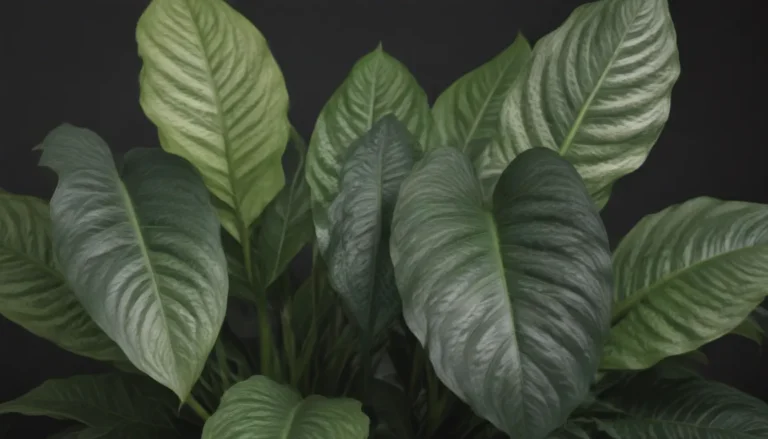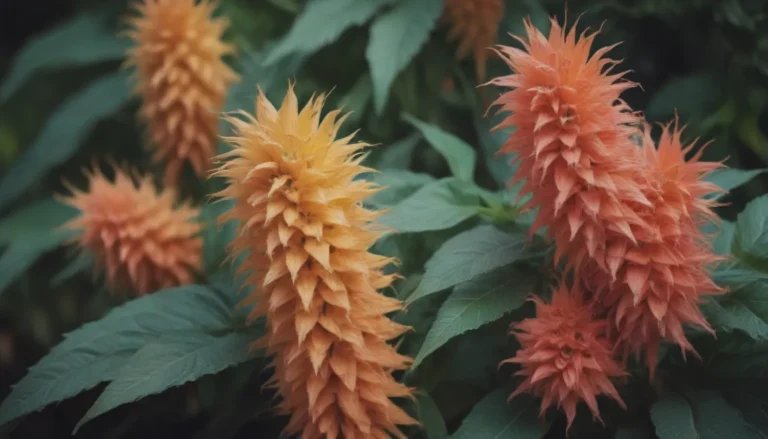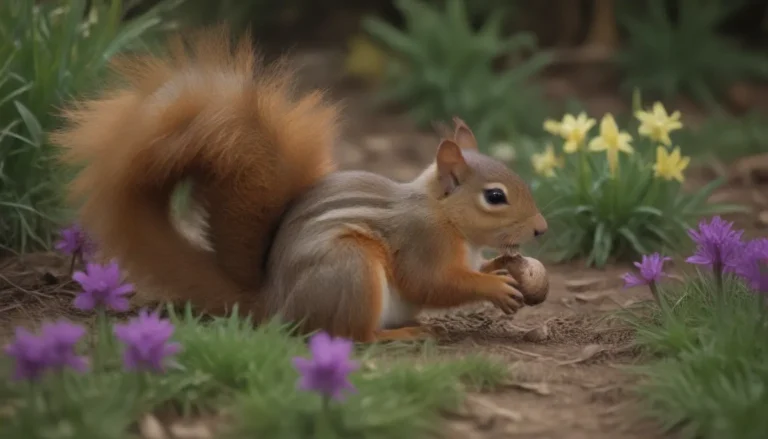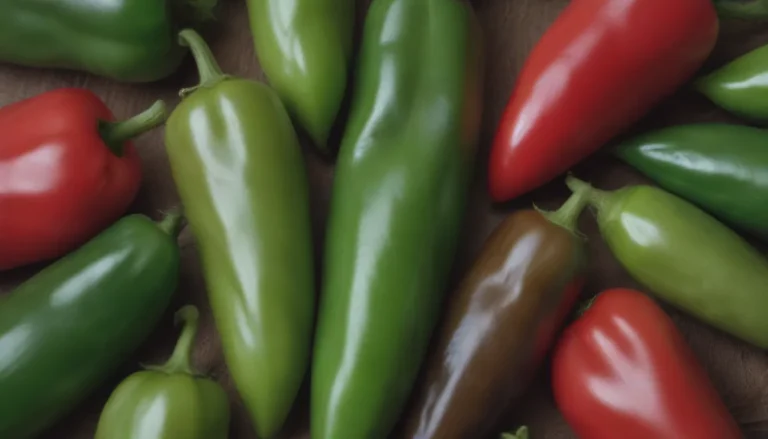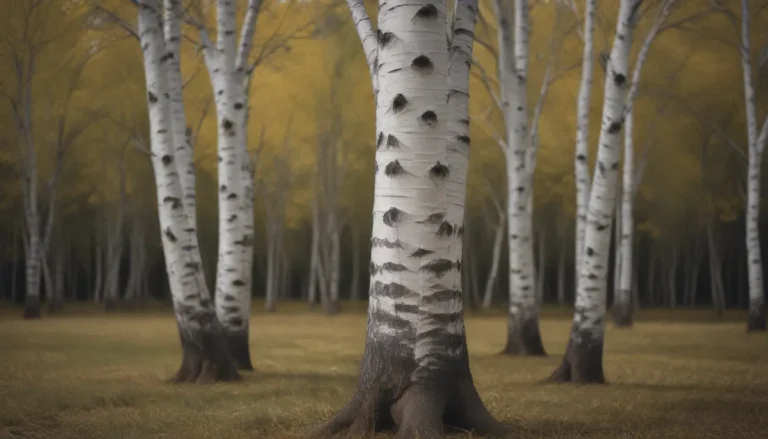Exploring the World of Viburnum Shrubs
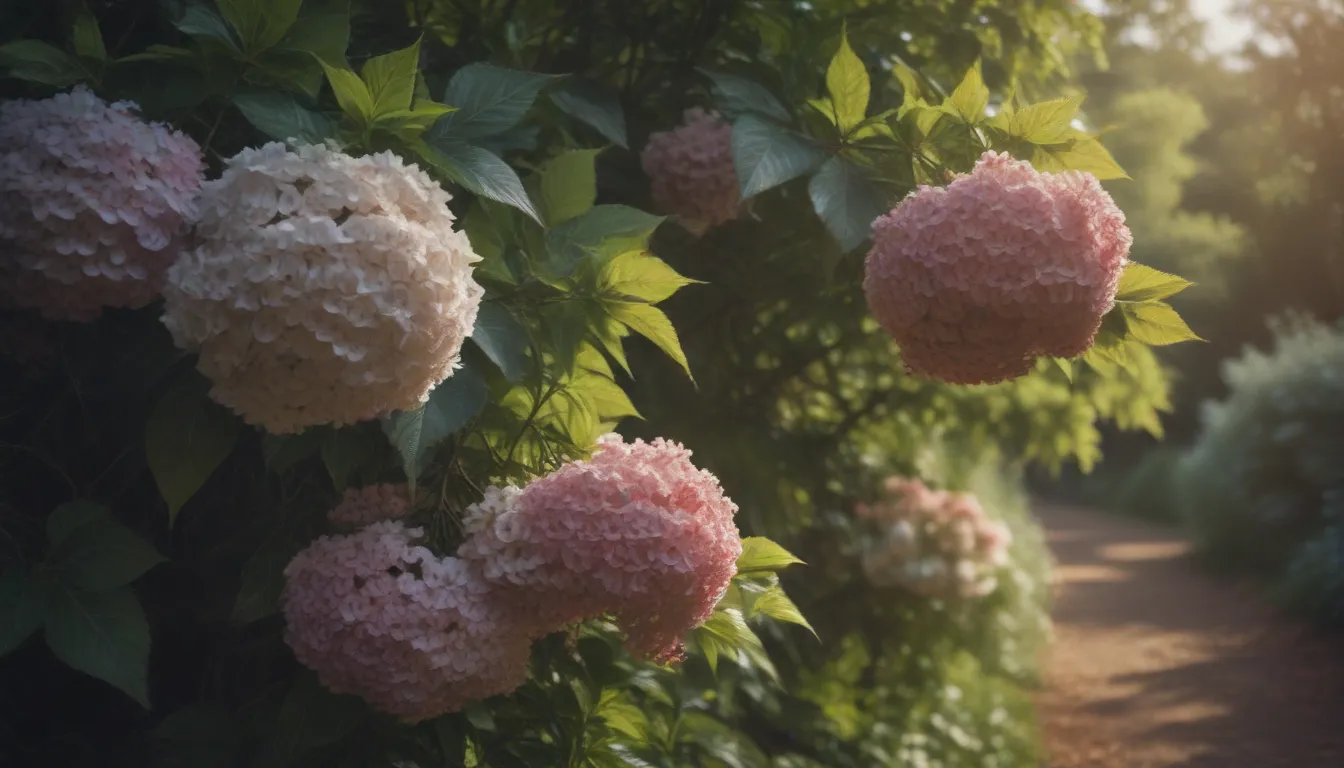
Are you looking to enhance your yard with a beautiful, low-maintenance white-flowering shrub? Look no further than the viburnum bush! With over 200 species in the Viburnaceae family, there is a wide variety of viburnums to choose from. These trees and shrubs are grown in temperate regions and are known for their showy displays of white (sometimes pink-tinted) flowers in clusters called corymbs. Most viburnum species are dioecious, meaning they require cross-pollination with another variety or species to produce fruit, while a few are monoecious. If both male and female flowers are present, the female flowers later produce drupes in various shades of red, purple, blue, or black.
In this comprehensive guide, we’ll explore 12 popular species of viburnum that are sure to add beauty and charm to your landscape. Before we dive into the specific species, it’s important to note that while some viburnum bushes have edible berries, others produce berries that are mildly toxic to humans and animals if ingested in large quantities. Let’s take a closer look at each species and their unique characteristics:
1. Burkwood Viburnum
The Burkwood viburnum, also known as the snowball viburnum, is a hybrid of the Korean spice viburnum and the service viburnum. This species features large, fragrant flower clusters and is best planted in groups to encourage pollination and fruit production.
- Name: Burkwood Viburnum
- Native Area: Hybrid
- USDA Growing Zones:
- Mature Size:
- Sun Exposure:
2. Cinnamon Viburnum
The cinnamon viburnum is an evergreen shrub with leaves similar to the camphor tree. With dark blue oval leaves and open flower clusters, this plant is an excellent choice for adding texture to your landscape.
- Name: Cinnamon Viburnum
- Native Area:
- USDA Growing Zones:
- Mature Size:
- Sun Exposure:
3. David Viburnum
Named after the Jesuit missionary who discovered it, the David viburnum is a smaller evergreen shrub with glossy dark leaves, small white flowers, and turquoise-blue fruit.
- Name: David Viburnum
- Native Area:
- USDA Growing Zones:
- Mature Size:
- Sun Exposure:
4. Henry’s Viburnum
Henry’s viburnum is a fast-growing shrub that can be trained into a small tree. With reddish-green leaves that turn to green, this plant is a favorite among bees, butterflies, and birds due to its fragrant flowers.
- Name: Henry’s Viburnum
- Native Area:
- USDA Growing Zones:
- Mature Size:
- Sun Exposure:
5. Korean Spice Viburnum
The Korean spice viburnum is a diminutive species with white or pink flowers that emit a spiced scent. In the fall, its flowers turn waxy and red berries fade to black.
- Name: Korean Spice Viburnum
- Native Area:
- USDA Growing Zones:
- Mature Size:
- Sun Exposure:
6. Laurustinus Viburnum
The Laurustinus viburnum, with leaves resembling the bay laurel, has glossy dark-green foliage and pink-white flowers. It blooms in the winter in warmer regions.
- Name: Laurustinus Viburnum
- Native Area:
- USDA Growing Zones:
- Mature Size:
- Sun Exposure:
7. Leatherleaf Viburnum
The leatherleaf viburnum is versatile, thriving in both acidic and alkaline soils. It produces creamy white flowers in the spring and berries in the fall, and can be evergreen or deciduous depending on the climate.
- Name: Leatherleaf Viburnum
- Native Area:
- USDA Growing Zones:
- Mature Size:
- Sun Exposure:
8. Nannyberry
Nannyberry shrubs produce edible berries that can be eaten fresh or used to make jams and jellies. This drought-tolerant plant has oval leaves that change color in the autumn, making it a delightful addition to any landscape.
- Name: Nannyberry
- Native Area:
- USDA Growing Zones:
- Mature Size:
- Sun Exposure:
9. Snowball Bush
The snowball bush, also known as Viburnum opulus, produces white flowers in large round clusters and scarlet fruit resembling cranberries. It is similar to hydrangeas but larger and can become invasive in certain regions.
- Name: Snowball Bush
- Native Area:
- USDA Growing Zones:
- Mature Size:
- Sun Exposure:
10. Arrowwood Viburnum
The arrowwood viburnum is a great choice for part shade areas, with multiple erect-arching stems and white flower clusters that turn various colors in the fall. The blue fruits of this shrub contrast beautifully with its foliage.
- Name: Arrowwood Viburnum
- Native Area:
- USDA Growing Zones:
- Mature Size:
- Sun Exposure:
11. Tubeflower Viburnum
The tubeflower viburnum stands out with its waxy leaves that retain marks when made. This evergreen shrub produces fragrant tubular flowers that turn into black drupes after pollination.
- Name: Tubeflower Viburnum
- Native Area:
- USDA Growing Zones:
- Mature Size:
- Sun Exposure:
12. Wayfaring Tree
The wayfaring tree is a large, rounded specimen that is known for its adaptability and reliability. With white spring flowers and dark-green leaves, this viburnum tree is an excellent choice for areas experiencing drought conditions.
- Name: Wayfaring Tree
- Native Area:
- USDA Growing Zones:
- Mature Size:
- Sun Exposure:
Tips for Growing Viburnums Successfully
- Viburnums thrive in average soil conditions and prefer moderate weather conditions.
- Water moderately on a weekly basis.
- Feed the plant once each season.
- Choose a location that receives part shade for optimal growth.
In conclusion, viburnum shrubs are a diverse and beautiful addition to any landscape. With a wide variety of species to choose from, you can find the perfect viburnum to suit your needs. Remember to consider the specific characteristics and growing requirements of each species to ensure their success in your garden. Happy gardening!
